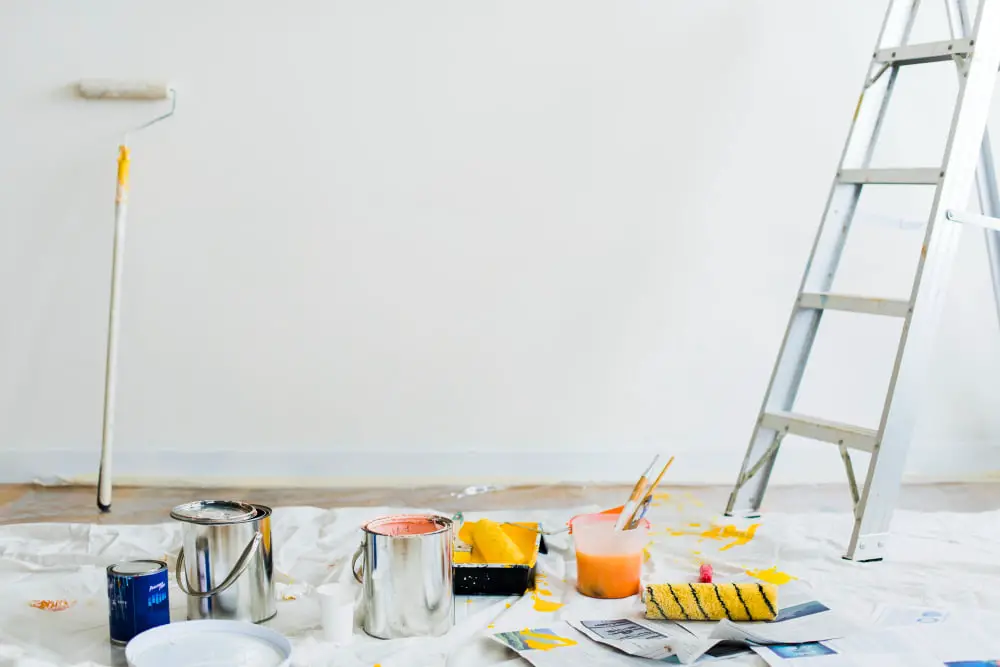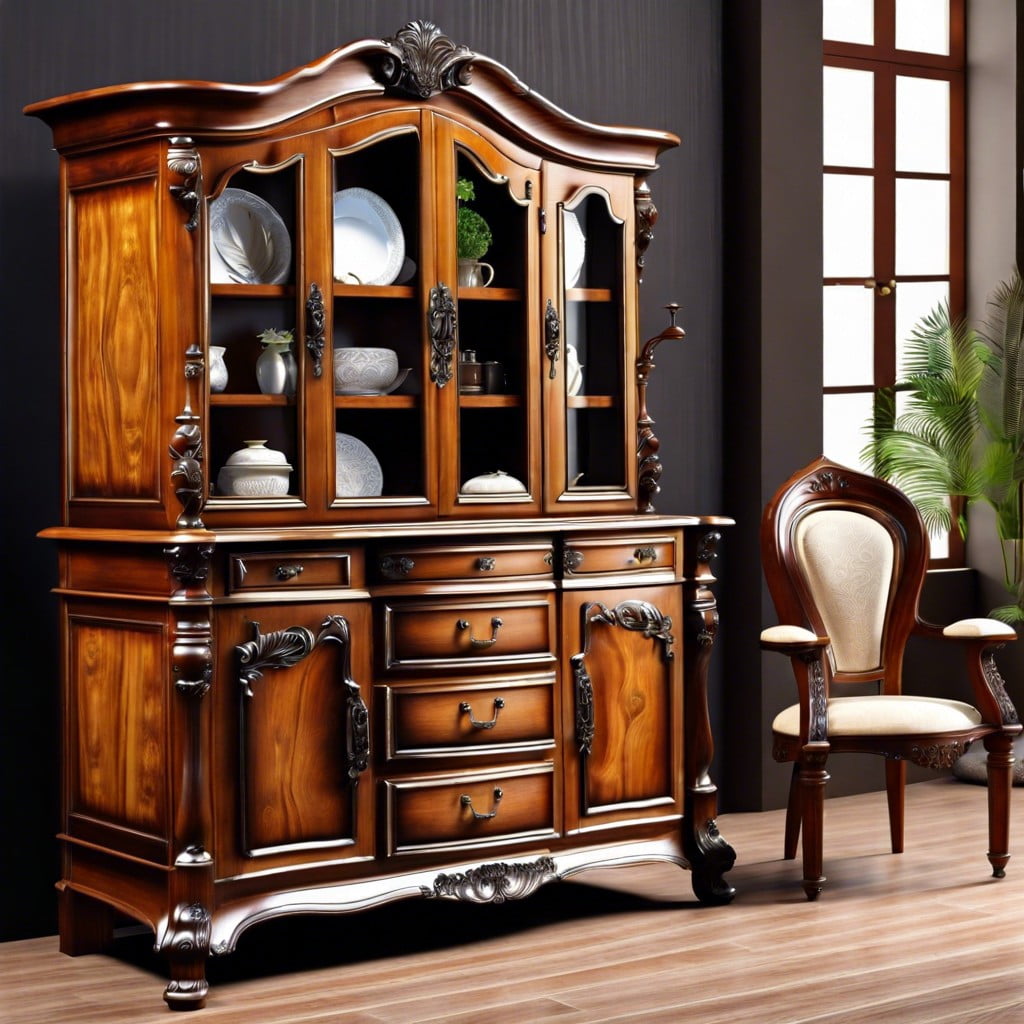Last updated on
Becoming a homeowner is a monumental milestone, often accompanied by a mix of excitement and a sense of responsibility. For many new homeowners, the transition from acquiring a property to making it feel like a true home is a journey filled with opportunities to personalize and improve their space.
This guide is designed to walk you through various do-it-yourself (DIY) home improvement projects that are perfect for those just starting on this journey. The aim is to help you transform your new house into a home that not only reflects your style but also functions efficiently. DIY projects are not just about saving money; they are about the satisfaction and pride that come from creating a space that is truly yours.
Starting with the Basics: Moving In

The foremost step in the journey of home improvement for new homeowners begins even before the DIY projects – it’s the moving process. Moving into your new home can be a daunting task, especially when it comes to ensuring all your belongings make the transition safely. A practical approach is to consider hiring professional movers, such as Solomon & Sons, who can offer efficient and reliable moving services.
The advantage of using professionals like Solomon & Sons is that they bring expertise and the right equipment to handle everything from delicate items to heavy furniture, making the moving process much smoother and less stressful.
However, amidst this, don’t forget to tackle the clutter strewn across your house. Start by decluttering your current space before the move, getting rid of items you no longer need. This way, you not only reduce the load but also get a chance to start afresh in your new home.
When packing, label boxes clearly and categorize them by room or item type for easy unpacking. Creating a moving checklist can also be a great way to stay organized and ensure nothing is forgotten.
Essential Tool Kit for DIY Home Improvements

As a new homeowner, having an essential toolkit is crucial for tackling various home improvement tasks. Start with the basics: a reliable hammer, a set of screwdrivers (both flathead and Phillips), a measuring tape, pliers, a wrench, a utility knife, and a level. These tools will cover most basic home repair and improvement tasks.
In addition to these basic tools, it’s worth considering a few specialized tools depending on the projects you plan to undertake. For instance, a power drill can be a versatile tool for numerous tasks, from hanging pictures to more complex DIY projects.
It’s also important to invest in safety equipment such as gloves, safety glasses, and ear protection, especially when working with power tools. Remember, the key to successful DIY home improvement is not just having the right tools but also knowing how to use them safely and effectively.
Painting and Decorating

One of the most impactful and relatively easy DIY projects for new homeowners is painting and decorating. It’s an excellent way to infuse your style into your new space.
Start by selecting a color palette that resonates with your aesthetic preference. Consider how different colors can influence the mood and ambiance of a room. Light colors can make a small space feel larger and more open, while darker hues can add depth and sophistication.
When it comes to the actual painting, proper preparation is crucial, which includes cleaning walls, taping off edges, and protecting floors and furniture. Use quality brushes or rollers for an even application, and consider multiple coats for the best finish. Additionally, explore creative decorating ideas like accent walls, stencils, or wallpaper to add a unique touch to your home.
Decorating extends beyond just painting. It includes choosing the right furniture, lighting, and accessories. Thrift stores or second-hand shops can be great places to find unique pieces that add character to your home. DIY projects like refurbishing old furniture or creating wall art can also add a personal touch to your space, making your house truly feel like a home.
Basic Plumbing and Electrical Work

For new homeowners, understanding the basics of plumbing and electrical systems is essential. While major work should always be left to the professionals, there are many minor repairs and improvements you can do yourself.
In plumbing, learning to tackle simple tasks like fixing a dripping faucet or unclogging a drain can save you time and money. For these tasks, you’ll need a few basic tools like a plunger, pipe wrench, and a plumber’s tape. It’s also beneficial to understand the basics of your home’s plumbing system, such as how to turn off the water supply in case of emergencies.
Similarly, in the realm of electrical work, while anything involving major wiring or circuitry should be handled by a professional electrician, there are small tasks that you can safely undertake. These include changing light bulbs, replacing switch plates, or installing simple light fixtures.
Always prioritize safety when dealing with electricity: turn off the power at the circuit breaker before starting any work, and use a voltage tester to ensure wires are not live. Remember, if a task feels beyond your skill level or dangerous, it’s always best to call in a professional.
Maximizing Space with Storage Solutions
Storage is a key element in keeping your home organized and clutter-free, especially if you’re limited in space. Fortunately, there are many DIY storage solutions that new homeowners can implement. Start by assessing your storage needs. Identify areas where clutter tends to accumulate and think creatively about how you can utilize the space more efficiently.
One DIY project is building simple shelving units or bookcases. These can be customized to fit into various spaces around your home, such as in closets, under stairs, or in unused corners. You can also create hanging storage solutions for tools in garages or closets.
For bedrooms and living areas, consider under-bed storage containers or ottomans with built-in storage. Additionally, wall-mounted hooks and racks can be an excellent way to utilize vertical space for items like coats, hats, or kitchen utensils.
Another aspect of storage is organization. DIY projects like drawer dividers, labeled bins, and closet organizers can make a huge difference in keeping your belongings neatly organized and easily accessible. These small improvements not only maximize space but also contribute to a more orderly and pleasant living environment.
Landscaping and Outdoor Improvements
Landscaping and outdoor improvements can greatly enhance the curb appeal and functionality of your new home. For new homeowners, starting with basic landscaping tasks can be both manageable and rewarding.
Consider planting a garden, which can be a simple flower bed or a more elaborate vegetable garden. Gardening not only beautifies your space but also can be a relaxing and fulfilling hobby.
DIY outdoor projects can extend beyond gardening. Building a birdhouse, setting up a small water feature, or creating a stone pathway are all projects that can add charm to your outdoor space. For those with a patio or deck, consider adding DIY furniture like benches or a fire pit, perfect for outdoor gatherings.
Regular maintenance is also key in landscaping, and this includes tasks like mowing the lawn, pruning trees and bushes, and general garden upkeep. These tasks not only keep your outdoor space looking great but also prevent future problems like overgrown vegetation or pest infestations.
The Takeaway
Embarking on the journey of home improvement as a new homeowner is both exciting and rewarding. Through DIY projects, you not only personalize and enhance your space but also gain valuable skills and knowledge about home maintenance.
Whether it’s basic plumbing and electrical work, creating efficient storage solutions, or beautifying your outdoor space, each project brings you closer to making your house a true reflection of your style and needs. Remember, the key to successful DIY home improvement is to start small, prioritize safety, and enjoy the process of turning your house into a home.




